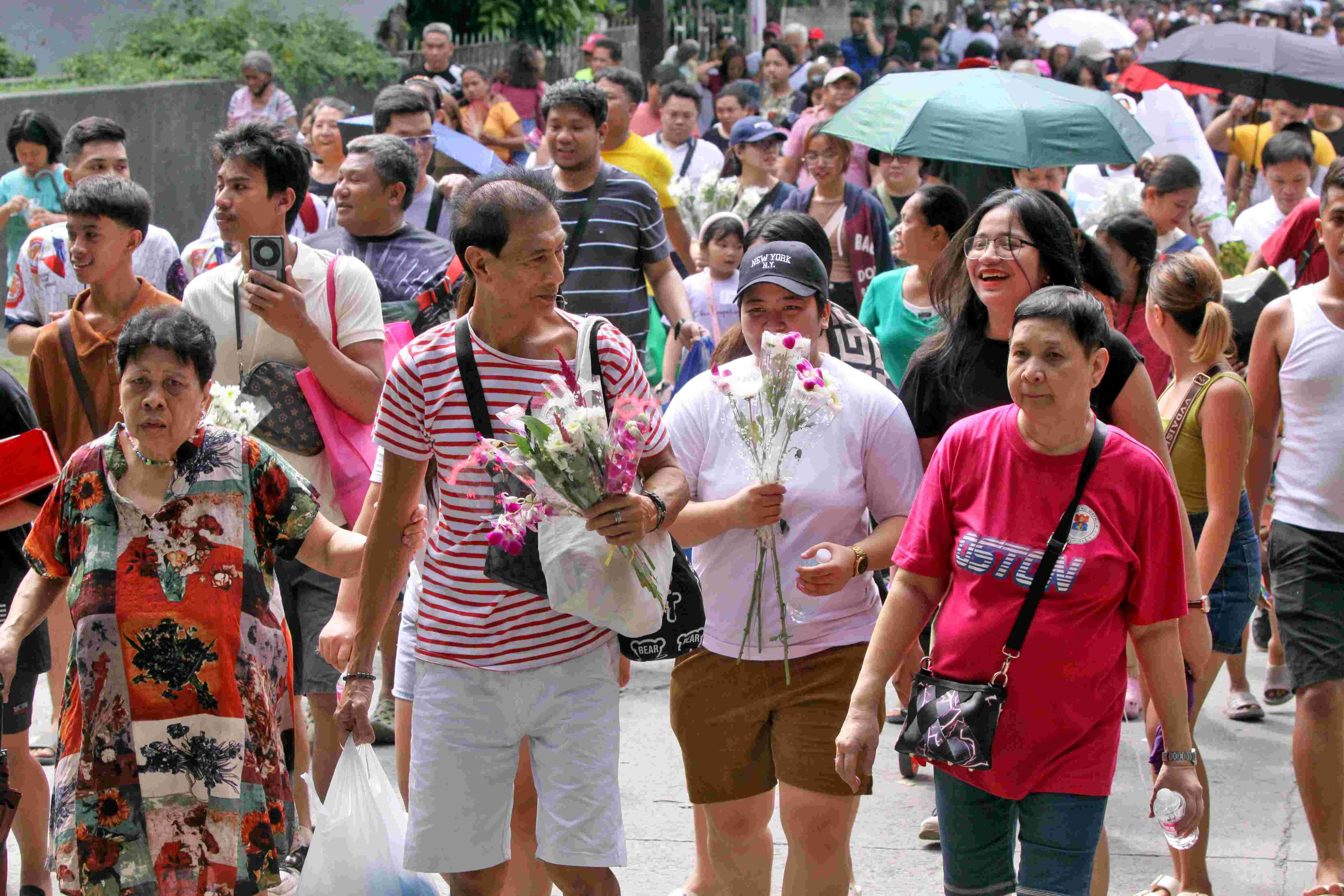
Delhi’s air quality improved on Friday thanks to clearer skies, higher-than-normal temperatures, and strong winds that helped dispersion of pollutants after deteriorating to the higher end of the “very poor” category as the annual winter ban on firecrackers was flouted again amid Diwali celebrations. Plumes of a toxic cocktail of pollutants and heavy metals enveloped the city with hourly PM 2.5 levels shooting up in parts of the city to around 31 times the permissible standards for the ultrafine particles.
The average Air Quality Index (AQI) peaked at 362 (very poor) at 9am before improving to 360 at 10am, 356 at 11am, and 354 at 12 pm. It was 328 (very poor) at 4pm on Thursday. Fireworks began from 6pm onwards and continued well past midnight in most places.
Delhi’s AQI on Diwali day last year (November 12) was significantly better at just 218 (poor). This deteriorated to 358 (very poor) the day after Diwali in 2023. The AQI was 462 (severe) the day after Diwali in 2021.
The AQI the day after in 2022 was 302 (very poor). An India Metrological Department (IMD) official said surface winds on Friday remained consistent despite the northwesterly wind direction. “Winds were around 12-16 km per hour until 6pm on Thursday.
It dipped marginally towards the night but was still between 3 and 7 km per hour. On Friday morning, the wind speed was around 10 km per hour,” said the official. The Central Pollution Control Board (CPCB) data showed Delhi’s AQI remained steady at 327 between 6pm and 9pm on Thursday, before rising every hour.
It touched 330 at 10pm, 338 at midnight and 347 by 3am. The CPCB classifies AQI between 0-50 as “good”, 51 and 100 as “satisfactory”, 101 and 200 as “moderate”, 201 and 300 as “poor”, 301 and 400 as “very poor”, and over 400 as “severe”. The Delhi Pollution Control Committee (DPCC) data showed Delhi’s hourly PM 2.
5 concentration was 1,853 micrograms per cubic metre at east Delhi’s Vivek Vihar. It was around 31 times the national 24-hour PM 2.5 standard of 60 micrograms per cubic metre (μg/m3).
There was an hourly peak of 1,527 μg/m3 at Nehru Nagar near Lajpat Nagar. Data showed both these values peaked at midnight, as did most other stations, with PM 2.5 concentration then gradually dipping as the bursting of firecrackers waned.
Delhi’s average PM 2.5 concentration was 609μg/m3 at midnight, 10 times the standard. The same concentration was 96μg/m3 at 4pm on Thursday and 194μg/m3 at 8 pm, CPCB data showed.
The northwesterly wind direction on Thursday allowed long-range transport of stubble smoke to the Capital. Data from the Centre’s Decision Support System showed stubble burning contributed a season-high 27.61% to Delhi’s PM 2.
5 on Thursday. A high contribution was likely on Friday too. The maximum temperature on Diwali day was 34.
1°C, three degrees above normal. The minimum was 21.1°C, five degrees higher than normal.
The minimum was forecast to hover around 19°C on Friday, while the maximum should remain around 34°C. The higher the temperature, the higher the mixing height of the atmosphere, an invisible layer of the atmosphere within which particles move freely. Low temperature brings down this mixing height while also slowing down the movement of such particles and pollutants.
The IMD said Delhi recorded its warmest October in 73 years. The average monthly maximum temperature was 35.1°C and the minimum was 21.
2°C. In October 1951, these were 36.2°C and 22.
3°C..










